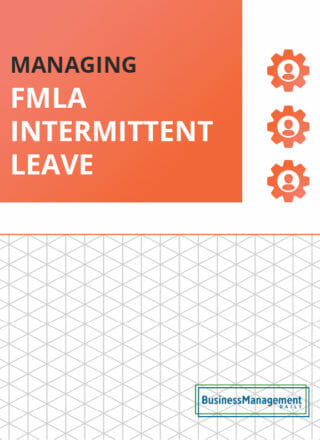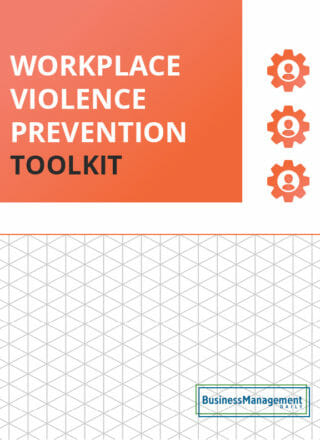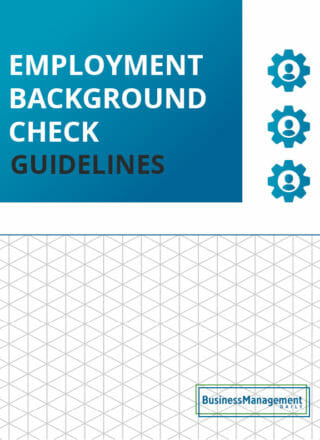Employee documents: What to keep, what to toss
 Is the paper piling up in your office and in need of a big spring cleaning? Before managers start tossing documents in the circular file, they need to know which employee-related paperwork must be saved—and for how long.
Is the paper piling up in your office and in need of a big spring cleaning? Before managers start tossing documents in the circular file, they need to know which employee-related paperwork must be saved—and for how long.
Supervisors can get their organizations into legal trouble by disposing of documents that they shouldn’t—documents that should be saved or submitted to HR so they can be added to the employee’s official personnel file, substantiate a need for family leave, etc.
Generally speaking, managers are not responsible for maintaining personnel files. But a majority of the documents that go into those files originate from supervisors’ offices. Check with HR before pitching anything related to:
- Hiring and termination
- Performance
- Promotions and demotions
- Discipline
- Work hours
- Leave requests
- Accommodation requests
- Selection for training opportunities
- Safety and health.
This doesn’t just include paper documents; it includes electronic ones, too.
When it’s unclear what to do with a document, ask yourself these questions:
- Does this require action?
- Can I identify a specific use?
- Is it difficult to obtain again?
- Is it recent enough to be useful?
- Are there legal or tax implications?
If the answer to each question is “no,” ask: What is the worst possible thing that will happen if I toss this? If you can live with your answer, toss or recycle it.
How to manage your ‘desk files’
Desk files are personal files that managers keep on their employees. While they aren’t official personnel files, they typically contain information that could eventually make it into those files. Think of desk files as the place where you store that note you scribbled about an employee’s performance that you wanted to make sure to include in his formal review, or that list of dates employees were absent.
Desk files should be temporary. To ensure that they are, follow these three steps.
- Date them to ensure the info is added to official documents in a timely manner.
- Incorporate them into formal performance reviews, formal disciplinary warnings, etc.
- Dispose of them after including the information in a formal document. If the information is personal in nature, shred before disposing.
How long should I hang on to this? Your guide to record retention
An effective document management system depends on knowing not only what to get rid of, but also when it’s permissible to get rid of the document.
Besides the fact that records take up space and administrative effort, the more you keep, the more likely it is that sensitive information could fall into the wrong hands.
But trashing records too soon could land you in legal hot water. Federal or state statutes typically dictate retention requirements.
Important: While you might not be tasked with personally retaining all of the documents listed below, it’s good to know the required retention periods of those documents you may need to handle:
- Accommodation requests: one year after record is made.
- Applications for employment: one year from date of submission.
- Basic employee information: four years after record is made.
- Basic payroll information: three years after record is made.
- Dates Family and Medical Leave Act (FMLA) leave is taken: three years from end of leave.
- Demotion records: one year from date of action.
- Form I-9: three years from hire date or one year after termination, whichever is later.
- Job advertisements: one year after record is made.
- Job descriptions: two years after record is made.
- Job evaluations: two years after record is made.
- Layoff, reduction-in-force, recall records: one year from time of request.
- Merit, incentive records: two years from the date record is made.
- OSHA safety forms 300, 300A, 301: five years following the end of calendar year records cover.
- Pre-employment tests: one year from date of test.
- Promotion records: one year from date of action.
- Records relating to discrimination charges: until final disposition of charges.
- References: one year after record is made.
- Résumés: one year after submission.
- Termination records: one year after termination.
- Time cards/sheets: two years after record is made.
- Transfer records: one year from date of action.





